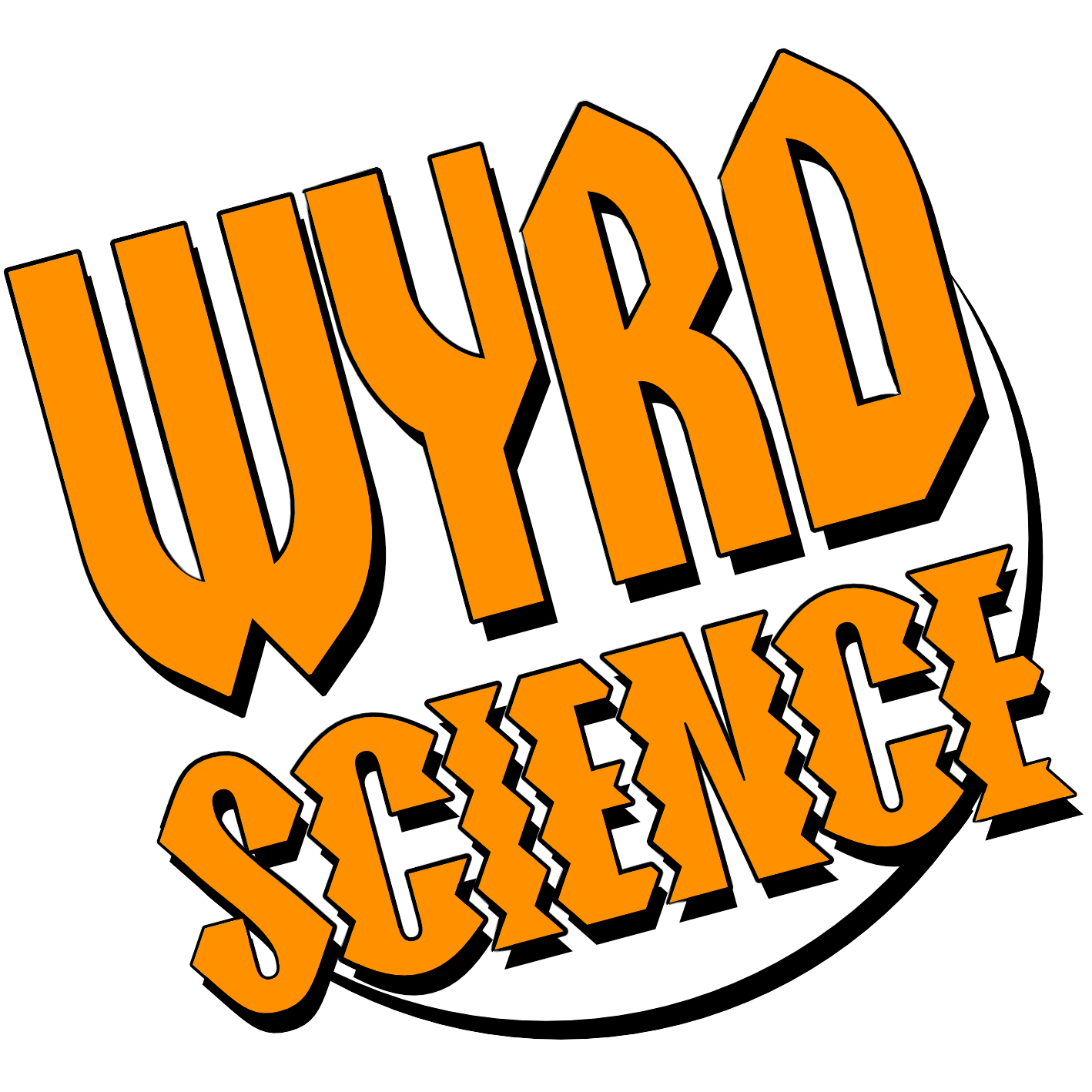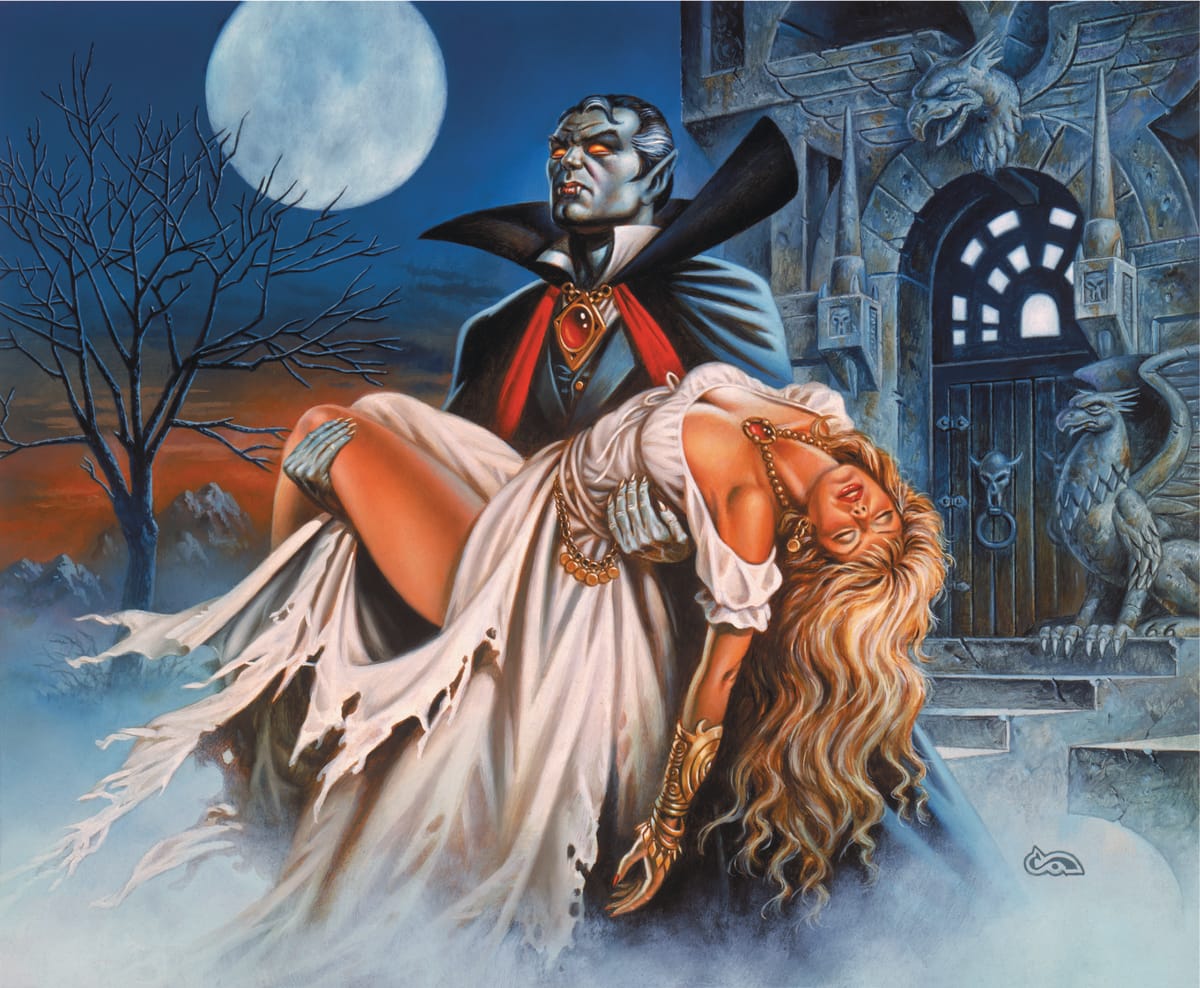As far back as I can remember, I’ve always been drawn to Gothic imagery and themes. My first comic books were about vampires and haunted castles, my favorite novels all belonged to the Gothic canon, and the movies that thrilled me featured imperiled women fleeing from terrifying houses and the villains lurking within them. When I first found Ravenloft, I knew I had discovered a setting for my roleplaying games that would give me the space to explore all the elements of Gothic horror that I had fallen in love with. As I delved into the setting, I realized that it was steeped in the Gothic literature and films that I adore. Its creators clearly conversant with the Gothic’s long literary history.
Gothic literature began with the publication of Horace Walpole’s The Castle of Otranto (1764). Walpole did not set out to create a new genre or mode of writing, but the premise of his novel—a medieval principality is usurped by an unjust ruler until the ghost of a former prince grows large enough to sunder the titular castle—set the blueprint for similar fictions that followed. Walpole’s literary heirs indulged in stories that emphasized the barbarity of the past, the irrational power of overwrought emotions, and the possibility of the supernatural.
By the 1890s, these “Gothic” fictions had become wildly popular, even if they were looked upon with worry by cultural commentators afraid that they would instill the wrong messages in the youths and middle-class women who were their primary audience. Works such as Ann Radcliffe’s The Mysteries of Udolpho (1794) and Matthew Lewis’s The Monk (1796) solidified the Gothic’s literary conventions, inspiring both similarly themed tales and outright imitations.
The Gothic’s history is one of peaks and valleys. In the early years of the nineteenth century, its popularity was eclipsed by a newfound interest in more staid historical fiction. Yet, by the end of the century, the Gothic was back in full force, introducing the world to some of the famous monsters that continue to dominate the global cultural imagination.
Even if you haven’t read the texts from which they emerged, you know the basic story of Dracula, Mister Hyde, and Frankenstein’s monster. The Gothic has achieved a form of omnipresent artistic influence that renders it both ubiquitous and also sometimes invisible despite its prodigious reach.
The Gothic endures. It’s survival is rooted in its innate adaptability. The Gothic method of transforming current cultural anxieties into fictive terrors, combined with the metaphoric flexibility of its monstrosities, is capable of keeping the mode fresh and modern. Consider Mary Shelley’s Frankenstein (1818) as a stark example of the Gothic’s process of reinvention. Shelley moved in a circle synonymous with Romanticism; she was married to Percy Bysshe Shelley and began writing her most well-known novel while visiting with Lord Byron.
Romanticism, with its emphasis on the “spontaneous overflow of powerful feelings,” was deeply inspired by the Gothic mode. But as Shelley began work on what would become Frankenstein, she fed Romanticism’s focus on individual genius and the importance of emotional bonds back into the Gothic, simultaneously initiating a new, hitherto unknown kind of tale and revitalizing the Gothic by hybridizing it with an outside influence.
The Gothic exceeds formal boundaries, which has been a key element of its continuance. Though it began as a form of prose fiction, the Gothic has attached itself to stage drama, film, and television, as surely as the archetypal vampire latches on to the neck of his victim. Of course, the Gothic has also exerted its baleful influence on the world of games as well. Ravenloft is our case in point—as one of the strongest inheritors of the Gothic’s mantle, the setting both reiterates and reinterprets familiar figures, imagery, and themes drawn from the Gothic tradition.
Join me then, won’t you, on a brief tour of the allusions, references, and points of inspiration to be found in Ravenloft’s dreadful domains.


